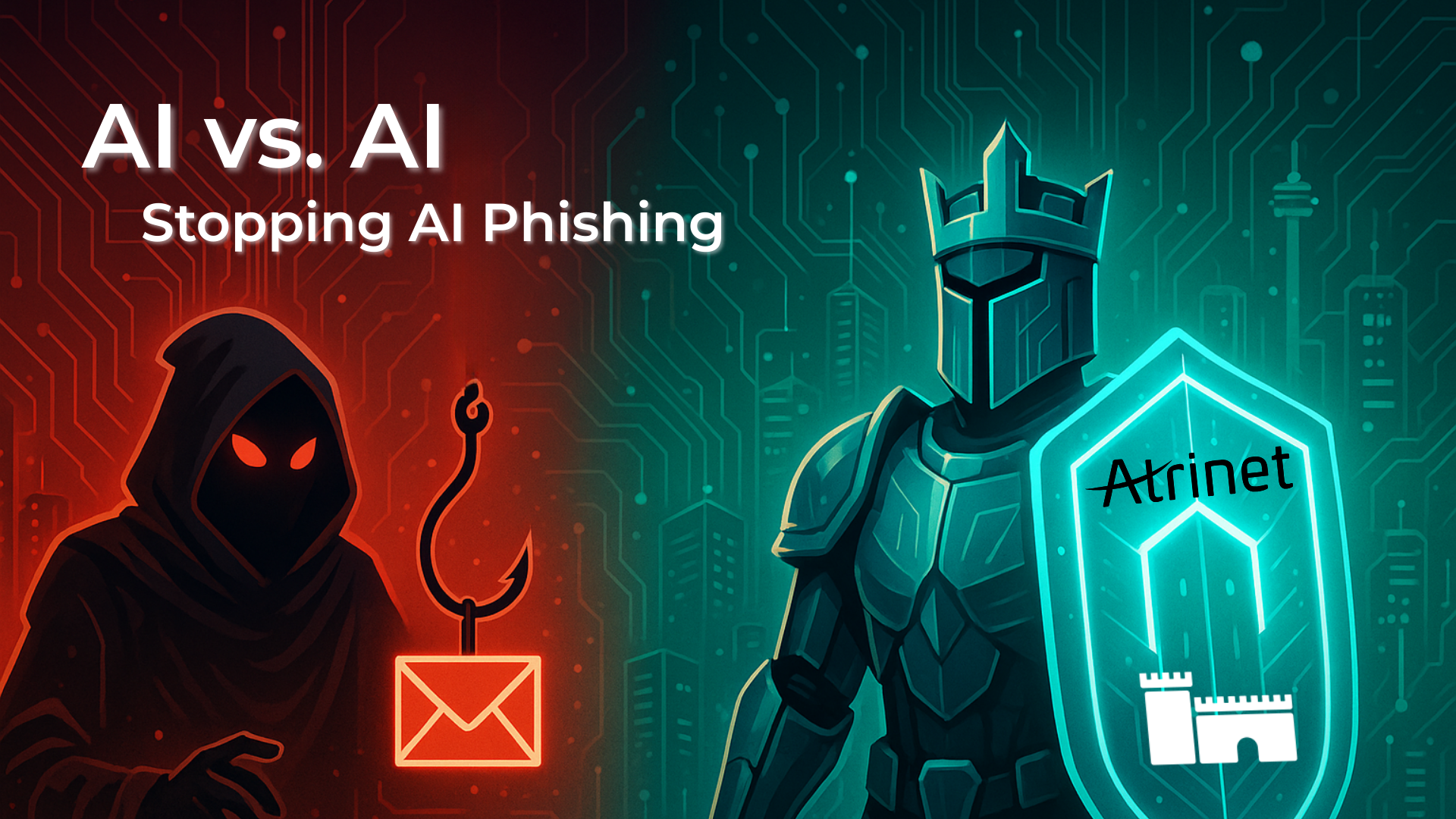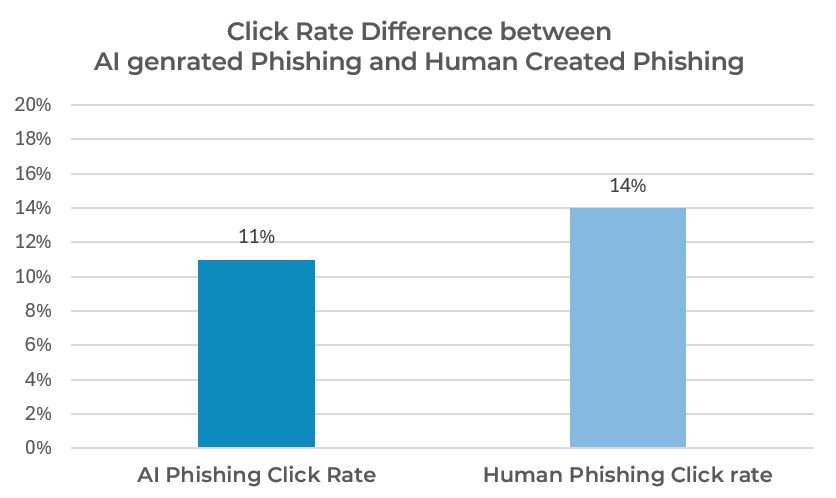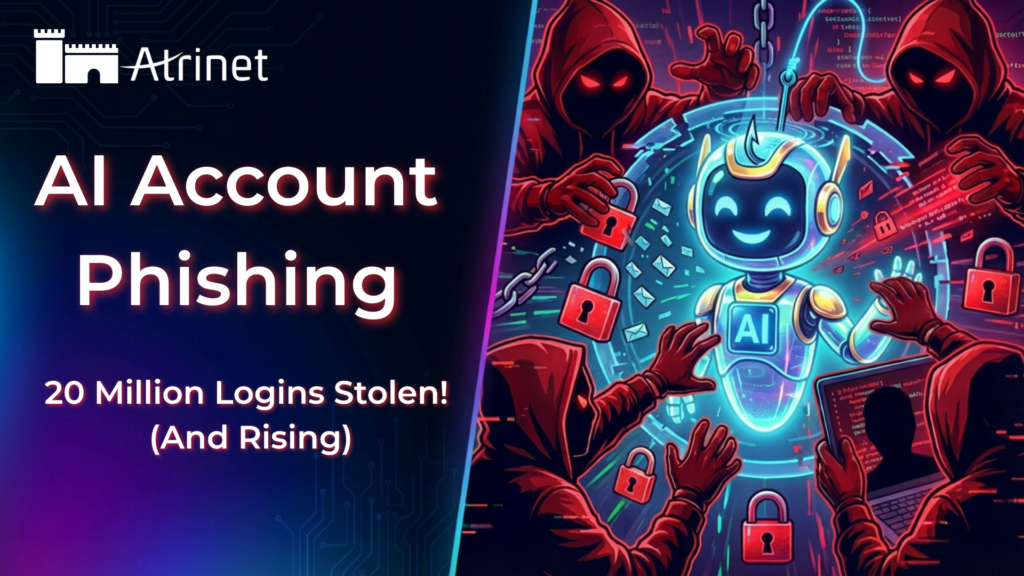Telecom Security – Part 3 of 10 in the series.
Congrats, AI Phishing attacks are a thing now, and they’re here to stay. Phishing has been around for decades, but artificial intelligence is rewriting the rules. LLMs can now craft messages so convincing that even trained eyes struggle to spot the difference between real and fake.
In a controlled experiment, IBM found that AI-generated phishing messages achieved an 11% click rate, compared to 14% for human-written ones — a near-identical success rate that proves how far the technology has advanced (ABA Banking Journal, Axios). Other research has found even higher engagement, with over 50% of recipients clicking AI-generated Spear Phishing messages in certain test conditions (ACFE).
The old warning signs like awkward grammar, strange tone, and misspelled URLs are fading fast. LLMs can flawlessly mimic a brand’s tone, local slang, and even the writing style of a specific individual.
The takeaway is clear: criminals can now rely on machines to produce phishing campaigns that are highly effective, scalable, and convincing.
According to Harvard Business Review, AI dramatically reduces the cost and effort needed for spear phishing. What once took hours for a skilled attacker to produce can now be generated in seconds, making hyper-personalized spear phishing as easy to launch as generic spam.
This means AI-powered phishing is not only more convincing, but it is also more accessible to less sophisticated attackers.
Lower barriers to entry, lower costs, and higher effectiveness create the perfect storm: more attacks, more often, with higher success rates.
The only way to win? Fight AI with AI.
AI phishing constantly mutates by changing words, sentence structure, and even visual layouts to bypass both human suspicion and automated filters. The familiar red flags that used to give scams away are disappearing.
Whether the bait is a fake invoice, a missed delivery alert, or a forged CEO email, the endgame is almost always the same: Get the victim to click a malicious URL.
That click is the choke point where these attacks can be stopped, if you can catch the threat in time.
Atrinet Fortress FW was built for this exact moment.
It doesn’t just check URLs against static lists; it combines the Google Web Risk database, which is updated in real time, with Fortress AI threat intelligence to catch what others miss.
Real-Time, Cloud-Scale Protection – Every link is scanned before the user can click it.
AI-Driven Threat Hunting – Fortress analyzes live traffic patterns across your network to spot malicious trends early.
Zero-Day URL Detection – Even brand-new, never-before-seen phishing links are identified and categorized in real time.
Automated Defense Rules – Fortress can instantly generate and deploy rules to block similar threats in the future.
Telco-Grade Performance – Handles massive volumes at carrier speed, stopping AI-powered phishing before it ever reaches the target.
In short, Fortress fights AI with AI, turning the attackers’ own advantage into their biggest weakness.
AI-powered phishing is not a future threat; it is happening now at an unprecedented scale.
Enterprises, telecoms, and regulators cannot afford to rely on outdated defenses. The only way to protect users from the next click is to match the attackers’ speed, scale, and intelligence.
With Fortress, you don’t just keep up – you stay one step ahead.



























